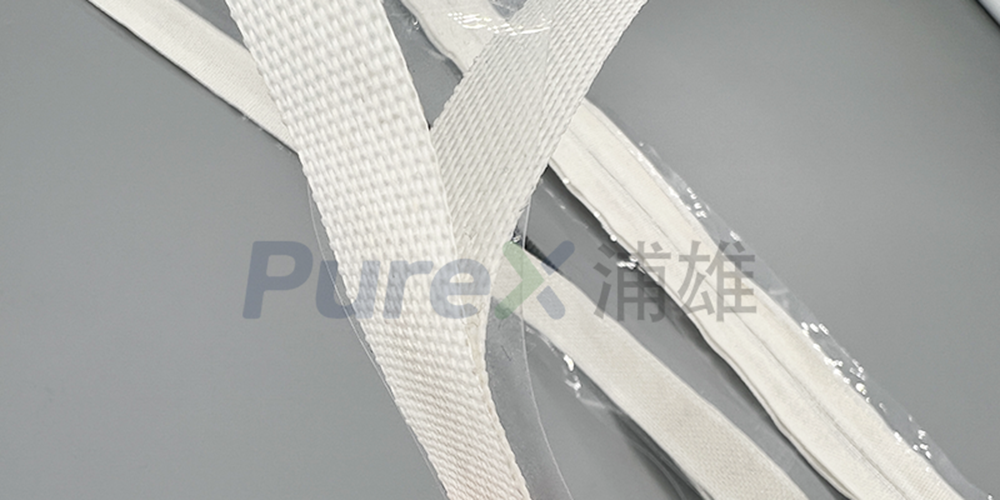
In the windproof door curtain, the PFA welding layer can achieve seamless heat sealing of the material through its unique material properties and welding process. The following is a specific analysis:

I. Characteristics and advantages of PFA materials
1. Compact molecular structure: The carbon-fluorine bond energy of PFA materials is as high as 485kJ/mol, and the molecular structure is compact, which provides a good sealing foundation for it.
2. Extremely low permeability: The permeability of PFA materials is 1-2 orders of magnitude lower than that of traditional materials, which can effectively prevent the penetration of gases and liquids.
3. Small thermal expansion coefficient: The thermal expansion coefficient of PFA materials is only 12×10⁻⁵/℃, the dimensions are stable, and it is not easy to deform when the temperature changes, thereby ensuring the sealing of the welding parts.
4. Memory effect: PFA materials can automatically restore the sealing shape after being compressed, further enhancing their sealing performance.
II. Welding process of PFA welding layer
1. Hot air welding: The PFA material is heated by a high-temperature hot air gun to melt and bond it. This method is suitable for small batch production and is simple to operate, but it requires precise control of temperature and heating time to prevent material damage. In the manufacture of windproof door curtains, hot air welding can ensure that the PFA welding layer is fully fused with the polyester + PVC composite material to form a seamless connection.
2. Laser welding: Use a high-energy laser beam to locally heat PFA to achieve material welding. Laser welding has high precision, high speed and good welding quality, and is especially suitable for welding precision parts. Although the equipment cost is high, laser welding is a viable option in the manufacture of windproof door curtains with extremely high welding quality requirements.
3. Ultrasonic welding: The energy generated by high-frequency vibration melts and combines the contact surface of the PFA material. This method does not require the addition of any adhesive, has a fast welding speed, low energy consumption, and is suitable for automated production environments. In the large-scale production of windproof door curtains, ultrasonic welding can improve production efficiency and reduce costs.
3. PFA welding layer achieves seamless heat sealing effect
1. High sealing: The PFA welding layer can achieve seamless connection with the polyester + PVC composite material through a precise welding process, thereby ensuring the sealing performance of the windproof door curtain. Experimental data show that the helium leakage rate of PFA welded joints is <1×10⁻⁹ mbar·L/s, the sealing performance retention rate is >98% at 200°C, and there is no leakage after 5000 thermal cycles.
2. Corrosion resistance: PFA materials have good tolerance to chemicals such as acids, alkalis, and salts, and can be used stably for a long time in harsh environments. This enables the PFA welding layer in the windproof door curtain to resist the erosion of various chemicals and maintain its sealing performance and stability.
3. Temperature resistance: PFA materials can be used for a long time in the temperature range of -80°C to 260°C, meeting the application requirements in high and low temperature environments. In the windproof door curtain, the PFA welding layer can withstand extreme temperature conditions without damage, ensuring the windproof performance of the door curtain.